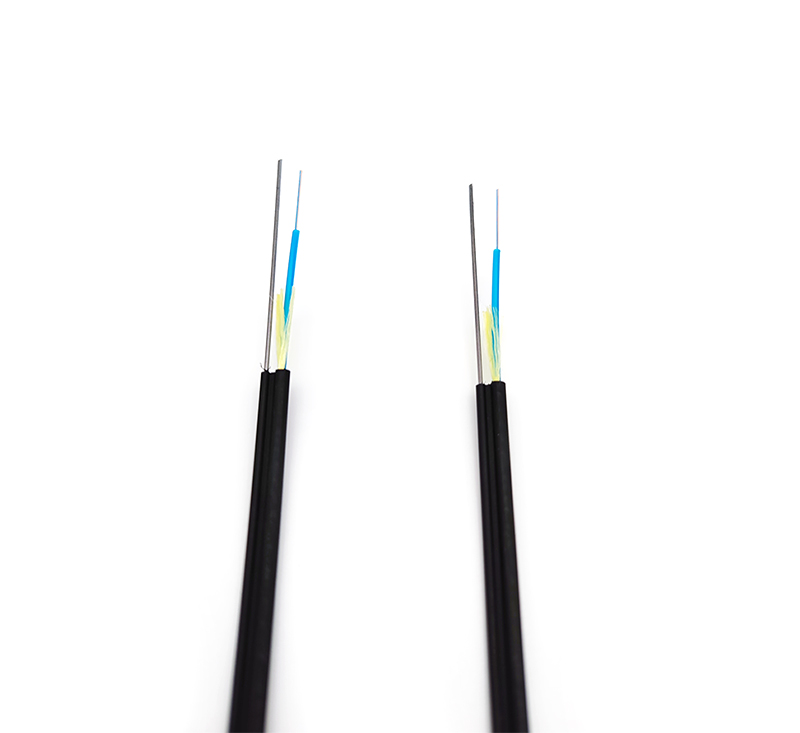How to maintain and manage optical fiber jumpers, the specific steps are as follows:
1. Pay attention to the bending radius of the fiber jumper. Generally speaking, the bending radius of fiber jumpers with diameters of 1.6mm and 3.0mm cannot be less than 3.5cm, and the bending radius that MPO fiber jumpers can withstand cannot be less than 10 times its diameter.

2. Do not pull or squeeze the fiber jumper. When installing a fiber optic patch cord, excessive force may put stress on the fiber optic patch cord and the connectors at both ends, affecting its performance. It is worth noting that if you need to use a lot of force to pull a fiber optic patch cord, then there may be some problems in the middle.
3. Route the jumper according to the path of the fiber jumper. If the existing jumper length is suitable for the current application, the jumper can be reused, however, you still need to remove the jumper from the fiber distribution frame and reinstall the jumper according to the new path Wire. This is the only way to ensure that the jumper is not knotted, bent, or stretched. In order to route patch cords efficiently, a suitable path for the patch cord should be found between the two ports, while avoiding crowding and entanglement of the patch cords.
4. Manage fiber optic patch cords in bundles or ties to make the panel look neat, however, bundled or tied fiber optic patch cords too tightly will increase the risk of over-extrusion. To avoid this problem, you can "unbind" the fiber jumper appropriately so that the fiber jumper can move freely.
5. Labeling is a necessary job and one of the most important jobs for network system administrators. Proper labelling at any point of management in the network cabling infrastructure, including patch panels, is essential so network technicians can pinpoint the origin and destination of fiber optic cables










